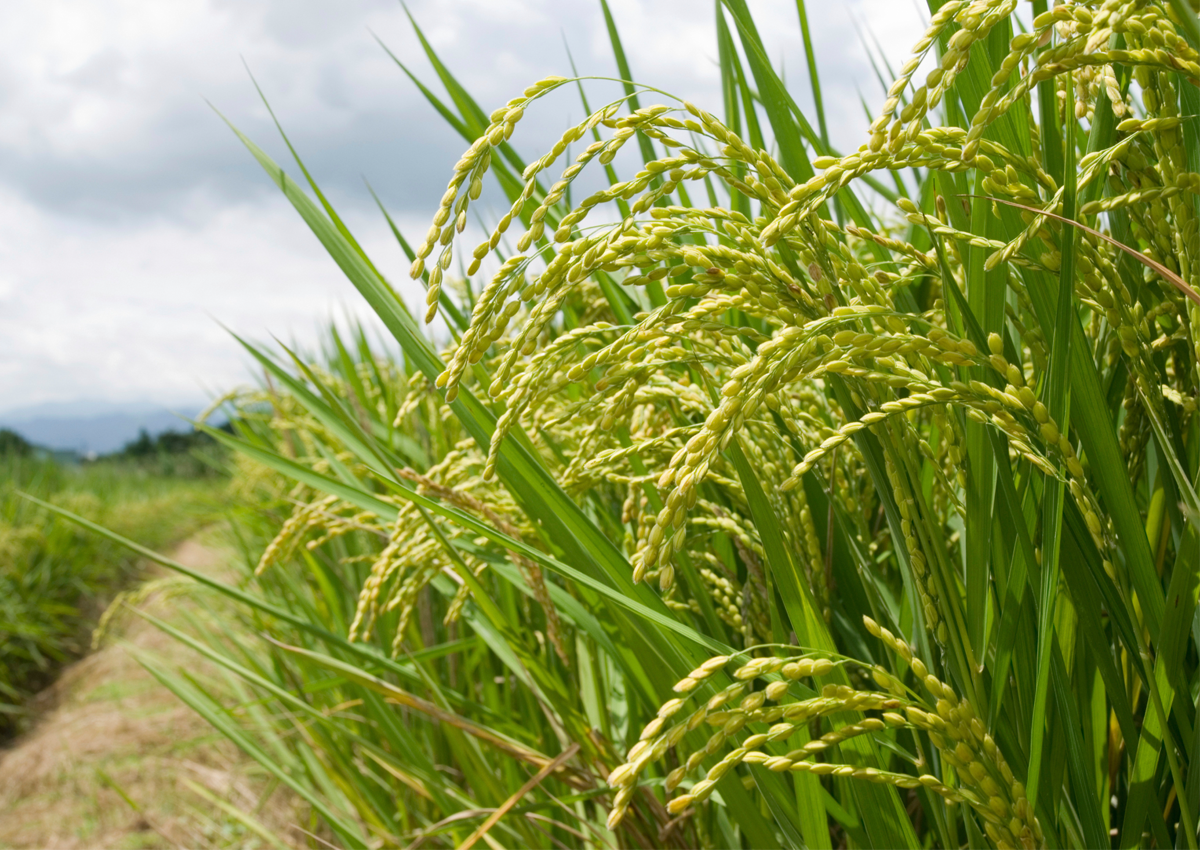
Scientists Optimize Prime Editing for Rice and Wheat
April 1, 2020| |
David R. Liu and his colleagues at Harvard University have developed prime editing, a new genome editing approach, which uses engineered Cas9 nickase (H840A)-reverse transcriptase (RT) fusion proteins paired with a prime editing guide RNA (pegRNA). Prof. Gao Caixia and his team at the Institute of Genetics and Developmental Biology of the Chinese Academy of Sciences reported the optimization of a prime editing system (PPE system) for creating desired point mutations, insertions, and deletions in two major cereal crops, rice, and wheat. The main components of a PPE system are a Cas9 nickase-RT fusion protein and a pegRNA.
Using the PPE system, the researchers produced all 12 kinds of single base substitutions, as well as multiple point mutations and small DNA insertions and deletions at nine rice and seven wheat sites in protoplasts, with efficiencies up to 19.2%. The efficiency of PPE was strongly affected by the length of the primer binding site (PBS) and RT template. Gao and her team found that the original RT could be replaced by CaMV-RT (from the cauliflower mosaic virus) and retron-derived RT (from E. coli BL21). Prime editing efficiency was also improved at some targets by using their PPE-Ribozyme (PPE-R) and by incubating at 37 ℃.
Gao and her collaborators were able to create stable mutant rice plants carrying G-to-T point mutations, multinucleotide substitutions, and a number of desired 6-nt deletions, with a mutant production efficiency approaching 22%. These three types of mutation are very difficult to produce with current editing tools.
For more details, read the news article in the Chinese Academy of Science website.
| |
You might also like:
- Harvard, MIT Experts Develop New Gene Editing Technology
- Gene Editing Used to Develop Vitamin A-fortified Rice
- Rain-resistant Wheat Developed Using Genome Editing
Biotech Updates is a weekly newsletter of ISAAA, a not-for-profit organization. It is distributed for free to over 22,000 subscribers worldwide to inform them about the key developments in biosciences, especially in biotechnology. Your support will help us in our mission to feed the world with knowledge. You can help by donating as little as $10.
-
See more articles:
-
News from Around the World
- Study Finds Providing Facts about GMO, Climate Change to Skeptics Helps Change Their Mind
- Biotech Stacks Adoption Continues to Increase Globally
- Chile Develops Drought, Saline-Tolerant Tomato, Kiwi
- Exeter Researchers Discover Novel Chemistry Against Fungal Disease of Crops
-
Research Highlights
- CBF/DREB1 Gene Family in Lettuce Confers Multiple Stress Tolerance
-
Plant
- CRISPR-Cas9 Reveals that OsMPT3 is a Vital Osmotic Regulatory Factor
- Knockout of the OsNAC006 TF Causes Drought and Heat Sensitivity in Rice
- Scientists Optimize Prime Editing for Rice and Wheat
-
Health
- UConn Researcher Develops Simple, Low-Cost CRISPR-based Diagnostic Test for COVID-19
-
Read the latest: - Biotech Updates (December 10, 2025)
- Gene Editing Supplement (December 17, 2025)
- Gene Drive Supplement (February 22, 2023)
-
Subscribe to BU: - Share
- Tweet

